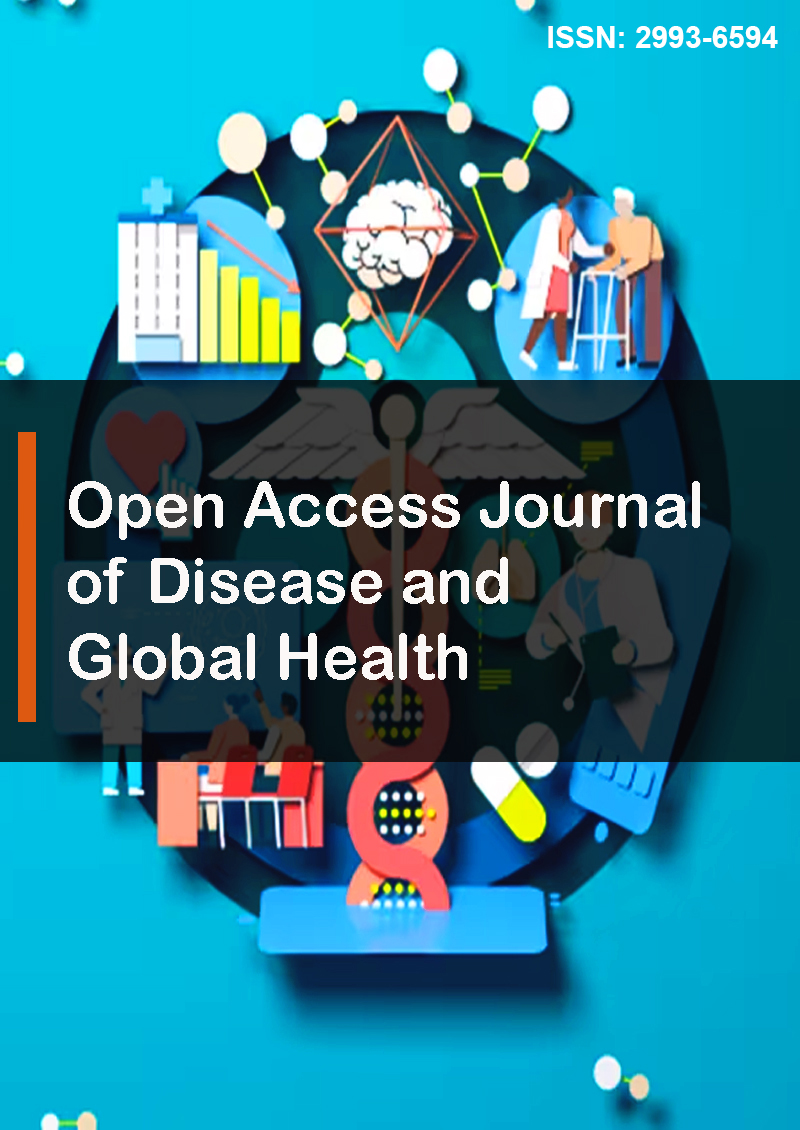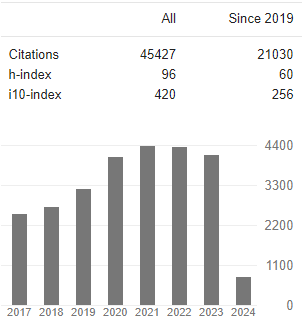Heart Rate Variability in Elite Team Sports: A Systematic Review
Abstract
Marc Olmos, Lluis Capdevila and Toni Caparrós
Background: Heart rate variability (HRV) is recognized as a crucial indicator of autonomic nervous system function and is valuable in sports science for monitoring athlete health and performance. This systematic review investigates the use of HRV in elite team sports to monitor training adaptations, athlete status, and overall health. The purpose is to consolidate recent findings and provide a comprehensive understanding of HRV's application in elite team sports.
Methods: The review was conducted in accordance with PRISMA guidelines and registered in PROSPERO (CRD42023431208). A comprehensive search was performed across PubMed, Science Direct, Web of Science, and Google Scholar, covering studies from January 2013 to November 2023. Studies included involved elite team-sport athletes, with HRV measured immediately after waking. Exclusion criteria were underage athletes, injured athletes, and studies using HRV for different purposes. The review process involved screening titles, abstracts, and full texts, with a final inclusion of 12 studies.
Results: Out of 277 identified articles, 12 studies met the inclusion criteria, involving sports such as water polo, rugby, football, basketball, volleyball, handball, futsal, hockey, and rowing. The studies highlighted HRV as a valuable tool for tracking training load adaptations, monitoring athlete readiness, recovery, and mental stress. Daily HRV measurements were commonly used, showing effectiveness in detecting overtraining and ensuring adequate recovery. Various HRV parameters and recording methods were discussed, emphasizing the need for individualized assessment. RMSSD and LnRMSSD were the most commonly used parameters, with variations in recording times and positions.
Conclusions: HRV is an effective non-invasive marker for optimizing training regimens and improving athlete health, making it a significant tool in sports medicine. This review provides actionable insights for integrating HRV monitoring into daily training practices, ultimately enhancing athletic performance and preventing overtraining. Standardized protocols for HRV measurement are recommended to ensure consistency and reliability in data collection and interpretation. The findings highlight the need for further research to refine HRV applications and establish best practices in elite team sports.




